1. Framework for 21st Century Competencies and students outcomes
1.1. Competencies
1.1.1. Critical and Inventive Thinking
1.1.1.1. Curiosity and Creativity
1.1.1.2. Sound reasoning and Decision Making
1.1.1.3. Metacognition
1.1.1.4. Managing Complexities and Ambiguities
1.1.2. Communication, Collaboration and Information Skills
1.1.3. Civic Literacy, Global Awareness and Cross-cultural Skills
2. What is our Area of Concern?
2.1. Students lack the ability to analyse mathematical situations and construct logical argeuments to reason their thinking
3. Volume (measurement) Spatial Relationships
3.1. Measure syllabus
3.2. Describes the attributes of objects e.g. liquid
3.3. Standard units of measure enable people to interpret results or data.
3.4. Essential questions
3.4.1. Why do I measure
3.4.2. Why do I need standardised units of measure?
3.5. Misconceptions
3.5.1. Do not know how to use measuring tool
3.5.2. Lack of visualisation ability
3.5.3. Lack of understanding of conservation and transitivity
4. Mathematics Syllabus
4.1. Aims of Math education:
4.1.1. 1) Acquire and apply math concepts and skills
4.1.2. 2) develop cognitive and metacognitive skills through a mathematical approach
4.1.3. 3) develop positive attitudes towards math
4.2. Processes
4.2.1. Process skills involved in the process of acquiring and applying mathematical knowledge
4.2.1.1. Reasoning
4.2.1.2. Communication and connections
4.2.1.3. Applications and modelling
4.2.1.4. Thinking skills and Heuristics
4.3. Metacognition
4.3.1. thinking about thinking - refers to the awareness of, and the ability to control one's thinking processes, in particular the selection and use of problem-solving strategies. It includes monitoring of one's own thinking, and self- regulation of learning.
5. Inquiry question: How does teacher-directed inquiry approach build students’ mathematical reasoning and communication skills?
5.1. Readings
5.1.1. Guided Inquiry for math
5.1.2. 7 objectives of teaching math thru inquiry
